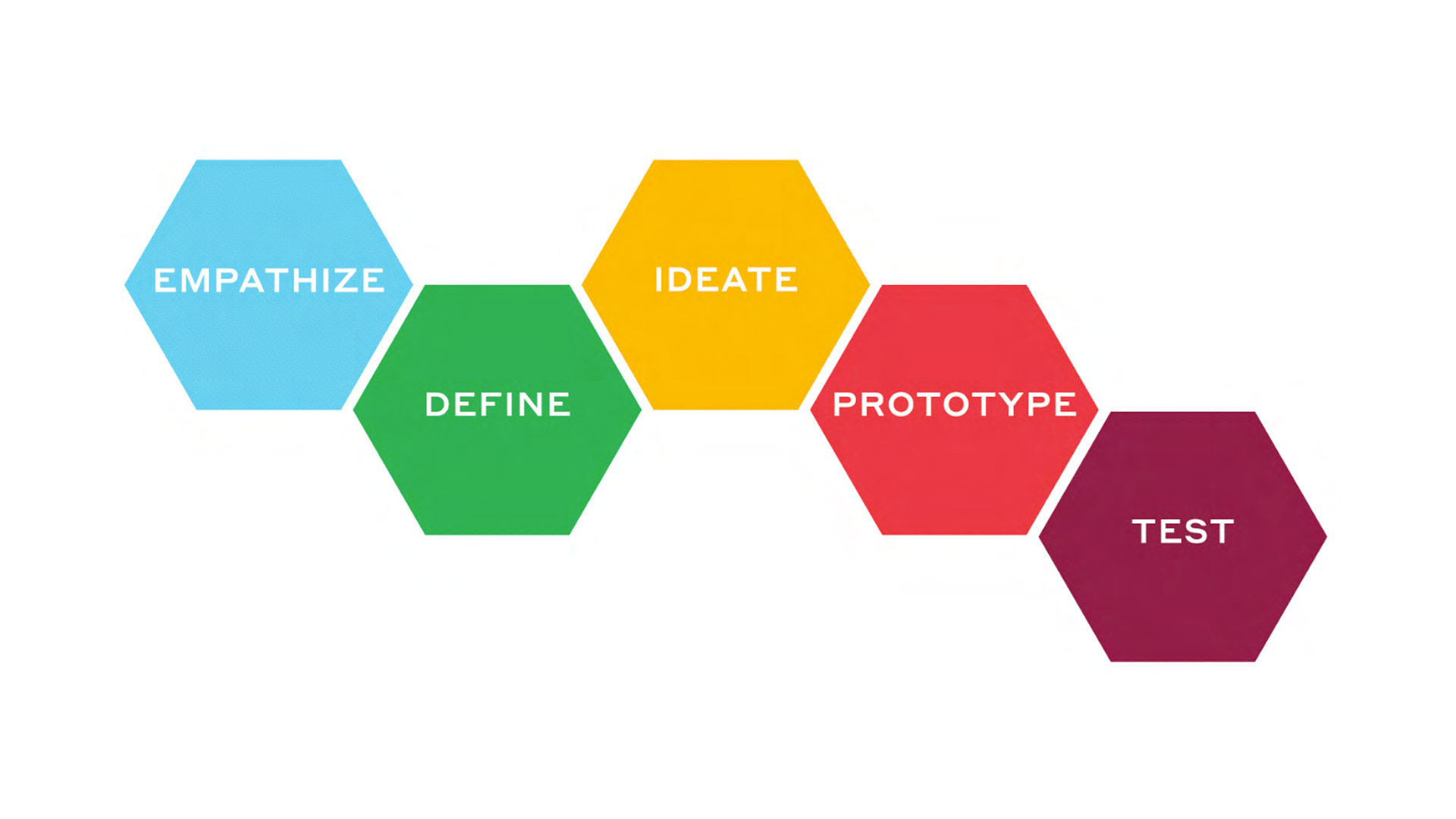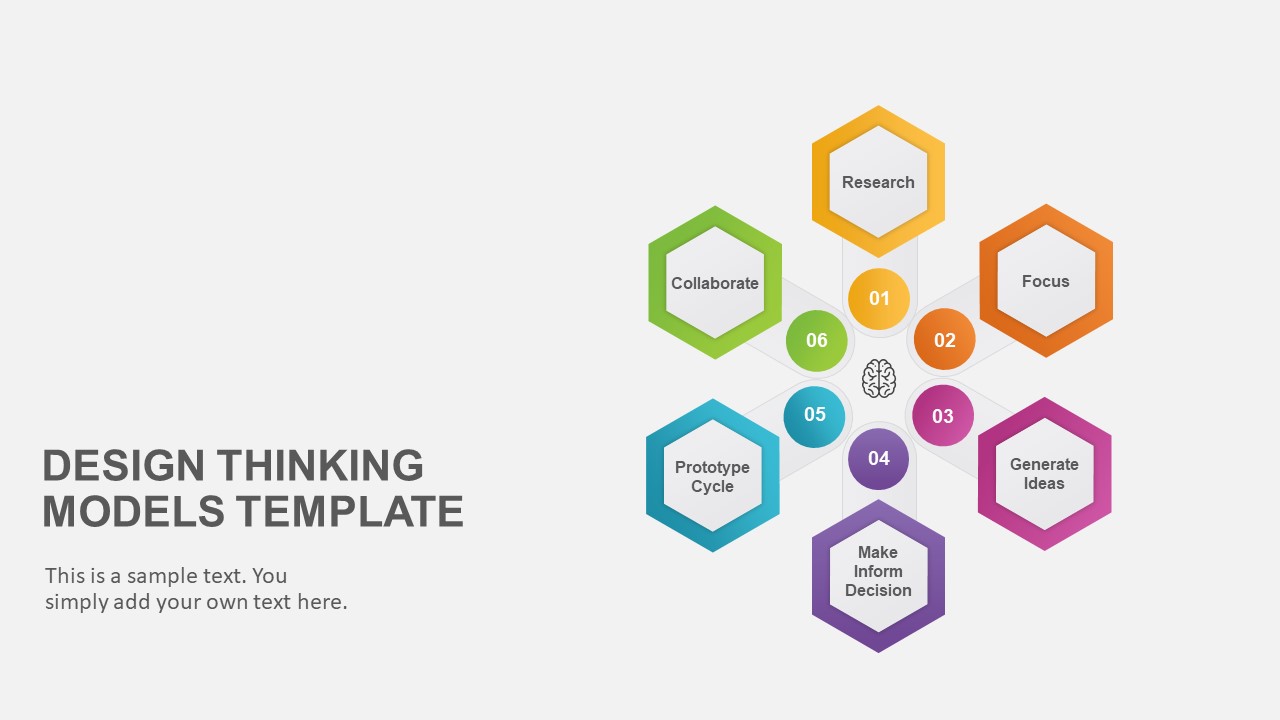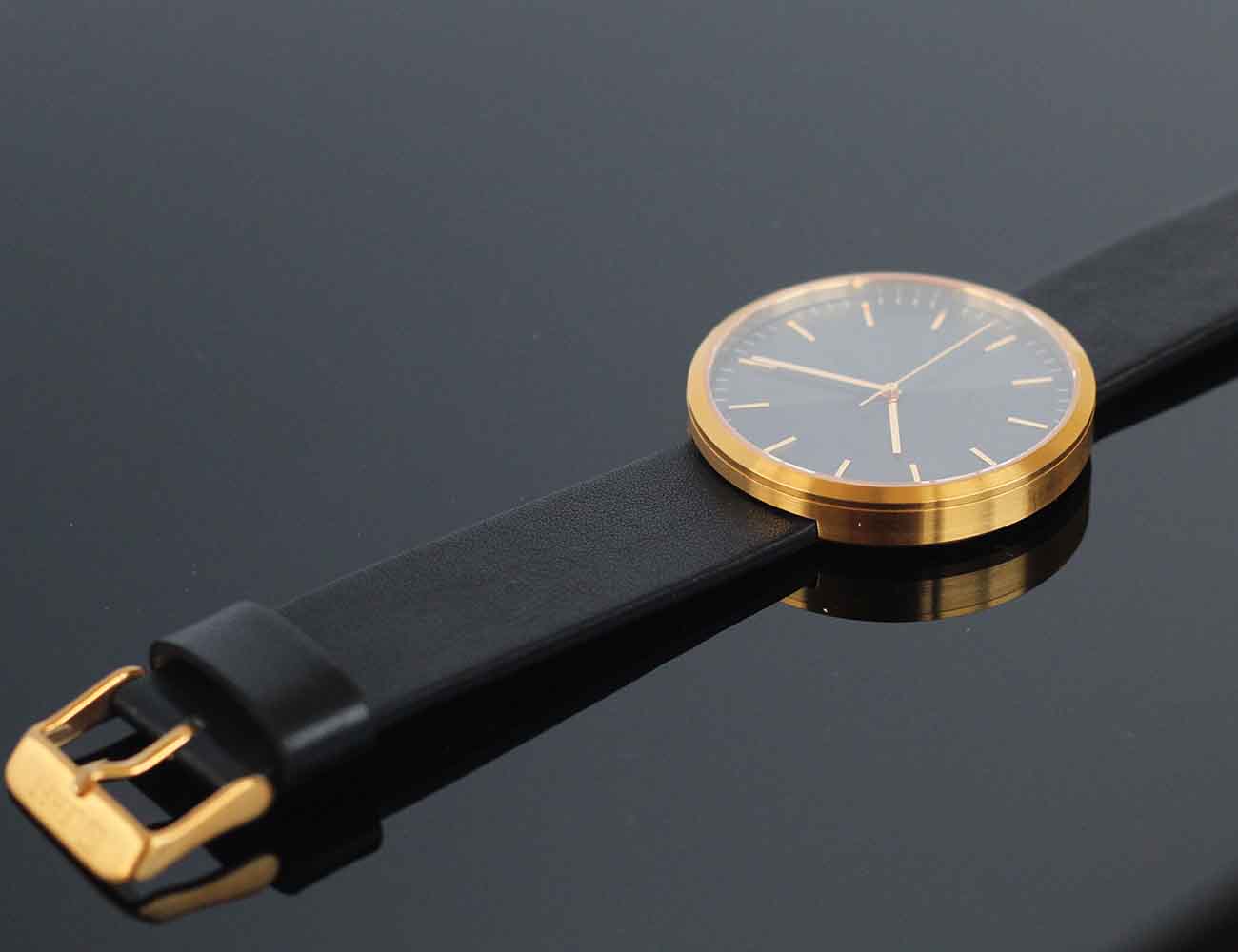Table Of Content

No, all of our programs are 100 percent online, and available to participants regardless of their location. There are no live interactions during the course that requires the learner to speak English. Once findings from your observations are collected, the next step is to shape insights by framing those observations. This is where you can venture into the abstract by reframing the problem in the form of a statement or question. This 20-month MBA program equips experienced executives to enhance their impact on their organizations and the world. A full-time MBA program for mid-career leaders eager to dedicate one year of discovery for a lifetime of impact.
Collaborate in real time on a digital whiteboardTry Freehand
These prototypes can be shared and tested within the team itself, in other departments or on a small group of people outside the design team. Tactical choices concern the specific actions taken to implement the strategy. This is where agile practices shine, offering a flexible framework for iterative development, continuous integration and regular feedback loops. Developers, by making informed tactical decisions, can adapt to changes quickly, experiment with solutions and refine their approach based on real-time feedback, all while ensuring alignment with the overarching strategy.

Insightful Design Thinking Frameworks: A Quick Overview
The process is all done in a collaborative, multidisciplinary team that leverages the experience and thinking styles of many folks to solve complex problems. It can feel quite chaotic at first, if you’re not used to it—however, if done correctly, it can result in emergent solutions that are desirable, feasible and viable. Design thinking provides a structured process that helps innovators break free of counterproductive tendencies that thwart innovation. Like TQM, it is a social technology that blends practical tools with insights into human nature.
In business
This model balances expansive thinking with focused execution to ensure that design solutions are both creative and practical. It underscores the importance of understanding the problem thoroughly and carefully crafting the solution, making it a staple in many design and innovation processes. It is important to note the five stages of design thinking are not always sequential.
(PDF) The Effectiveness of Project-Based Learning Model Assisted By Design Thinking on Experimenting Skills in ... - ResearchGate
(PDF) The Effectiveness of Project-Based Learning Model Assisted By Design Thinking on Experimenting Skills in ....
Posted: Fri, 12 Apr 2024 13:05:54 GMT [source]
Learn More about Design Thinking

Teams that are good at collaborating drive the best outcomes, while also making it an enjoyable experience working together. To inspire your team, we’ve put together four human-centered design examples — and explain why they work so well. Testing your concepts and observing how people interact with them helps you understand whether or not the prototype solves real problems and meets their needs, before you invest in it fully. IDEO did not invent design thinking, but we have become known for practicing it and applying it to solving problems small and large. When we looked back over our shoulder, we discovered that there was a revolutionary movement behind us. Overall, businesses are looking for talent with design thinking skills.
Design thinking helps us tackle “wicked” problems
In simple terms, Design Thinking is a methodology that aims to tackle highly complex problems. Systems thinking has applications in various fields, such as medical, environmental, political, economic, human resources, and educational systems. Start applying these methods to your work today with the Design Thinking template bundle. Béla H. Bánáthy, founder of the White Stag Leadership Development Program, created the “divergence-convergence” model in 1996.
You want to understand their challenges and what they need from your product or company to address them. Next, you’ll focus on developing ideas quickly turned into prototypes and tested on real users. Inherent to the Design Thinking process is the early and frequent testing of your solutions; this way, you can gather feedback and make any necessary changes long before the product is developed. Here at CareerFoundry, we not only teach design thinking as part of our UX Design Course, but we also incorporate it in the way we work and make decisions.
We ideate in order to transition from identifying problems to creating solutions for our users. The earliest versions of the design thinking process still reflected the traditional design process. As design thinking evolved, however, deeper empathy, more collaboration and a multidisciplinary approach were thrown into the mix. The d.school also represents this 5-stage process through their hexagonal design thinking visualization.
Rather than talking about potential solutions, you’ll turn them into tangible prototypes and test them in real-world contexts. With the rise of human-centered design in the 80s and the formation of design consultancy IDEO in the 90s, design thinking became increasingly popular. By the start of the 21st century, design thinking was making its way into the world of business. In 2005, Stanford University’s d.school began teaching design thinking as an approach to technical and social innovation. In this phase, don’t forget to share results with stakeholders and reflect on the innovation management strategies implemented during the design thinking process.
First of all, I can not confirm that one framework is better than another. They claim their system is flexible and versatile so it can be used for any type of problem, in any type of setting. The process unfolds through either a single set of activities or a combination of multiple methods—the latter being required for more complex challenges. IDEO uses a different process and, while it only has three stages, it covers pretty much the same ground as the other processes in this compilation.
Innovative Leadership: Using design thinking and AI with Lego six bricks for CXO thought leadership - ET - ET Edge Insights
Innovative Leadership: Using design thinking and AI with Lego six bricks for CXO thought leadership - ET.
Posted: Wed, 06 Dec 2023 08:00:00 GMT [source]
Design thinking is an iterative approach, so be prepared to repeat certain steps in the process as you uncover flaws and shortcomings in the early versions of your proposed solution. Thinking like a designer can transform the way organizations develop products, services, processes, and strategy. This approach, which is known as design thinking, brings together what is desirable from a human point of view with what is technologically feasible and economically viable. It also allows people who aren't trained as designers to use creative tools to address a vast range of challenges. In this stage, it allows you to analyze the data that is gathered in the first stage to define the primary problems. It enables users to define the problem as a problem statement in a human-centered way.
For example, the “Pirate Adventure” transforms MRI machines from dark, black holes to pirate ships with scenery of beaches, sandcastles, and the ocean. By empathizing with children’s pain points, GE Healthcare was able to craft a creative solution that was not only fun but increased patient satisfaction scores by 90 percent. This also yielded unexpected successes, including improved scan quality of pediatric patients, and ultimately saved customers time and resources. Diagnostic imaging has revolutionized healthcare, yet GE Healthcare saw a problem in how pediatric patients reacted to procedures. Many children were observed crying during long procedures in cold, dark rooms with flickering fluorescent lights. Considering this, GE Healthcare’s team observed children in various environments, spoke to experts, and interviewed hospital staff to gain more insight into their experiences.
This is nothing to worry about—it’s simply the result of different people’s perceptions of the design thinking process. To help you get your head around these interpretations, we’ve prepared a useful summary of the most popular design thinking frameworks used by global design firms and national design agencies. While we’ve covered some of the skills and behaviors you need to successfully run design thinking exercises, having the right tools can help a lot, too. A collaborative platform helps teams communicate, share ideas, and turn those ideas into solutions together. It’s not just visual creative projects that can benefit from the design thinking process. Founder, speaker, and author David J. Bland used the methodology to plan out his book and collaborate with other team members in the process.
“To grow and innovate, you need input.” Particularly information related to the emotional needs of people, who may not be best able to tell you exactly what it is they require. Take time to observe human behavior, ask questions, and empathize with the user. By doing so, you may find innovation in areas where people believe progress to be finished. The first phase is about narrowing down the focus of the design thinking process.

No comments:
Post a Comment